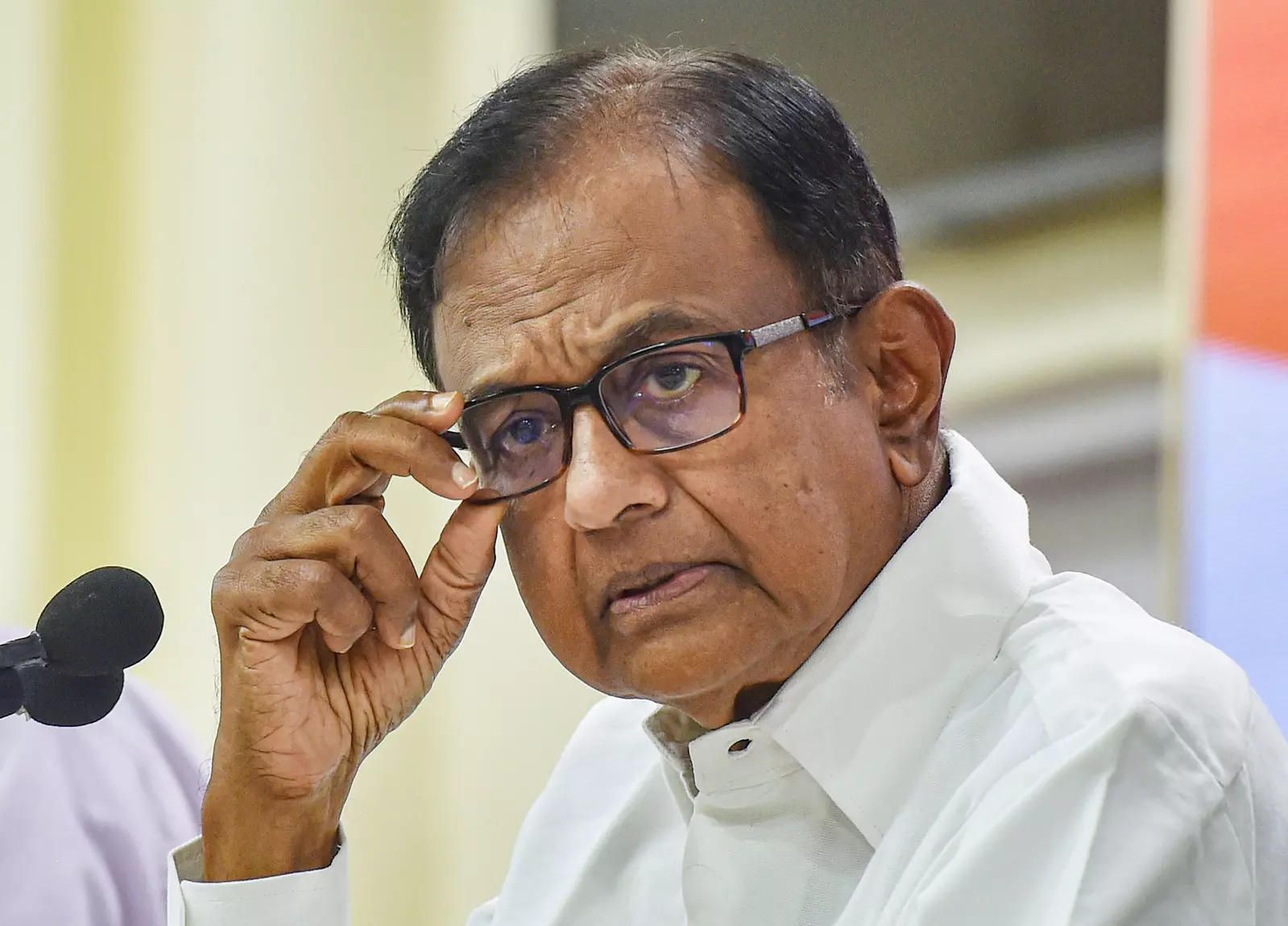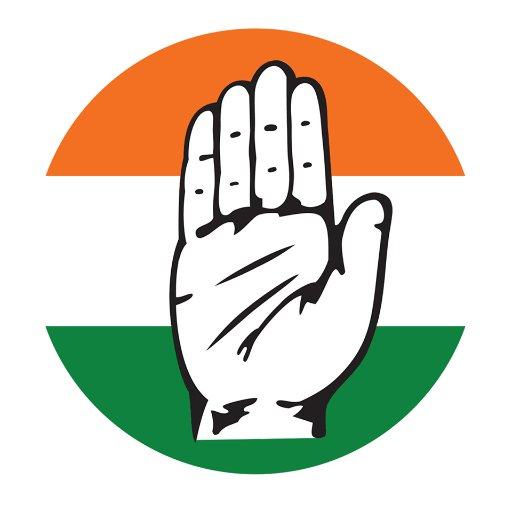MAN-MADE DISASTER

- P. Chidambram, M.P
Since Friday, June 2, 2023, the most discussed issue in the country is the accident at Balasore involving three trains (two moving passenger trains and one stationary goods train). All facts concerning the accident point to one conclusion: it was a man-made disaster that was waiting to happen.
A suspicion has been sowed by the government that there were mischief-makers behind the tragedy. Maybe. If there were mischief, it was not the only one. Mischief means harm, damage, injury. There is a long list of acts of omission and commission in the last nine years that contributed to the accident that has cost 275 lives and wrecked the lives of hundreds of families.
Misplaced Priorities
On average, the Indian Railways (IR) carries 2.2 crore passengers a day, mostly people belonging to the poor and middle classes. Their travel is subsidised. However, except the subsidy, the IR is biased in favour of the rich. The result: priority for new trains over track maintenance and renewal; Vande Bharat and Tejas trains over capital expenditure on signaling and telecommunication; vanity projects (Bullet Train) over filling of the humongous number of vacancies in sanctioned posts; and speed over safety.
Of the total capital expenditure of Rs. 1,39,245 crores in 2020-21, the amount spent on ‘Track Renewal’ was 8.6 per cent and on ‘Signaling and Telecommunication’ was 1.4 per cent, showing the low priority to matters that are crucial for safety. The percentages are estimated to be 7.2 per cent and 1.7 per cent in the Budget of 2023-24.
The IR has a Depreciation Reserve Fund for replacement and renewal of over-aged assets. The Fund had a meagre balance of Rs. 585 crores on March 31, 2021. CAG observed “the amount is insignificant compared to the actual amount required.” Consequently, the value of assets to be replaced (called the ‘throw forward’) had soared to Rs. 94,873 crores by the end of 2020-21, of which Rs. 58,459 crores were on account of track renewal. The backlog in signaling and telecommunication works was Rs. 1,801 crores. (CAG’s Report No.23, December 2022).
In April 2001, a Railway Safety Fund was created. Its scope was enlarged to include Safety Works. The source of funds was through transfer of the cess on diesel. At end of 2020-21, the Fund had a balance of only Rs. 512 crores. Typical of the Modi government, another Fund called ‘Rashtriya Rail SanrakshaKosh’ was created in 2017-18 and was promised Rs. 20,000 crocres per year for 5 years. However, it received only Rs. 20,000 crores in the four years between 2017 and 2021.
Forewarned
CAG submitted another report for the year ended March 2021 on December 21, 2022 (Report No.22). It was, prophetically, on ‘Derailment in Indian Railways’. After the introduction, the CAG observed, “Proper maintenance of the railway track is a pre-requisite for the train operation without accidents.” Track Recording Cars (TRC) are used for inspection. The shortfall in TRC inspections ranged from 30 per cent in one zonal railway to 100 per cent in four zonal railways. The CAG concluded that “the non-deployment of TRCs led to non-checking of track parameters having implications on overall safety of train operations including derailments.” The main causes were poor planning, idle track machines, vacancies in the work force and lack of training of Permanent Way staff.
In the Signal and Telecommunication department, the major constraint was ‘system/technological deficiencies’. Most serious accidents occurred due to collisions and Signal Passing At Danger (SPAD). SPAD was caused by violation of Rules, working beyond stipulated duty hours, defective vigilance control devices and absence of route learning of loco crew.
On February 9, 2023, the Principal Chief Operations Manager of S.W. Railway wrote a letter revealing a serious incident that had occurred on the previous day. He identified a serious flaw where the route of despatch got altered after a train had started on signals with correct route showing in the Station Master’s panel - a serious violation of the basic principles of inter-locking. He urged immediate steps to rectify the flaws in the signaling system. The Print, which reviewed the letter, reported that there was a dearth of gangmen, that station masters worked beyond 12 hours, and that 3,11,000 posts out of 14,75,623 Group C posts and 3,018 out of 18,881 gazetted cadre posts were vacant.
Gross Negligence
In 2011-12, IR had developed a Train Collision Avoidance System (TCAS). In 2022, the Modi government renamed it as ‘Kavach’ but there was little progress. IR has a total route length of 68,043 km but the system has been installed in just 1,445 km (2 per cent).
Railway finances are in a total mess. The merger of the Railway Budget with the General Budget has increased its opaqueness and sheltered it from scrutiny. A separate Commission of Inquiry must examine IR finances and recommend a path to recovery.
Mr. Ashwini Vaishnaw joined the government on July 7, 2021. He is the Minister of Electronics and Information Technology (which he obviously enjoys); the Minister of Communications (which he may have forgotten); and the Minister of Railways (where, it is claimed, he has been ‘on the job’ since June 3, 2023) better late than never. That India cannot afford or find a full-time minister to hold the Railway portfolio tells you the sad story of the Indian Railways.
Courtesy: The Indian Express







